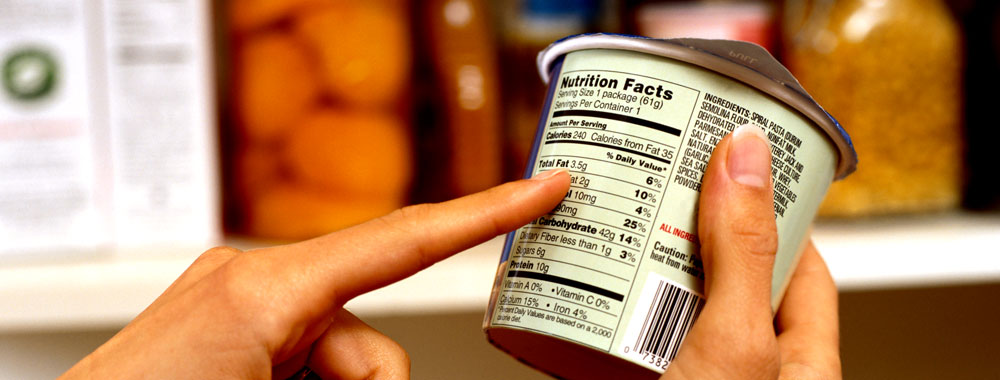Total Carbohydrates
For a person with diabetes, one of the most important numbers on a food label is the “total carbohydrates” number. Your healthcare provider has probably recommended a certain number of carbohydrates to eat at each meal (and for between-meal snacks) to manage post-meal blood sugar spikes. The total carbohydrates number found on food labels includes sugar, complex carbohydrates, and fiber. If you are not sure much to eat, be sure to talk to your dietitian or healthcare provider. A general rule of thumb from The American Diabetes Association is between 45 and 60 grams of carbohydrates per meal .
While sugar is counted as part of the food’s total carbohydrates, it’s a good idea to try to choose foods that have less added sugar. Foods with added sugar are generally less nutritious than foods that have lower amounts of added sugar. However, remember that it is the total carbohydrates per serving, not the sugar per serving, that counts in your meal carbohydrate totals.
Fiber
Fiber helps improve blood sugar control by slowing down the rate at which food leaves your stomach, thereby delaying the rise in blood sugar after meals. So getting enough fiber in a day is helpful.
The American Dietetic Association recommends that women—whether diabetic or not—eat 25 grams of fiber a day and that men eat 38 grams up to age 50. After age 50, women need 21 grams per day and men need 30.
Look for foods that are higher in fiber to help you reach your fiber goal.
Calories
People who are trying to lose or maintain weight often find it helpful to keep track of how many calories they consume. When shopping, comparing calories and serving sizes of similar products might help you decide which one to purchase. To find out how many calories you need every day, based on your age and activity level.
Fat
A food label will tell you how much total fat the food contains. Saturated fats and trans fats are listed under the food’s total fat content; limiting saturated fat and avoiding trans fats is good for heart health. The American Diabetes Association recommends that people with diabetes eat less than 15 grams of saturated fat a day.
Sodium
Sodium doesn’t affect blood glucose levels, but it may affect blood pressure. And since as many as two out of three people with diabetes also have high blood pressure, your healthcare provider may recommend that you limit your sodium intake. For people with high blood pressure and diabetes, the American Diabetes Association recommends limiting your sodium intake to 1,500 milligrams mg or less per day. For foods to be described as “low sodium,” on their labels, they must have less than 140 mg of sodium per serving.

